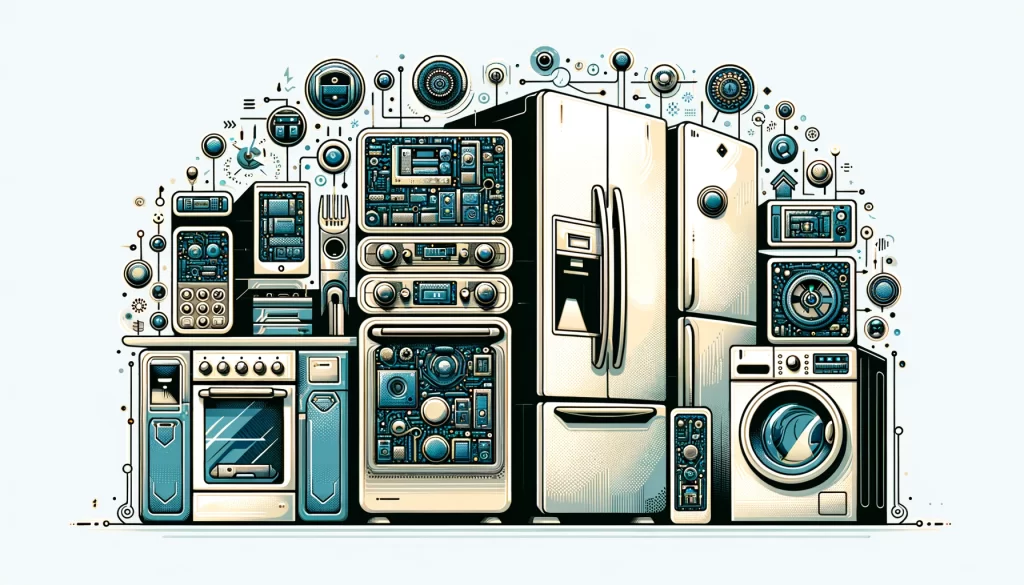Introduction
Hello, appliance designers and engineers! Today, let’s unravel the art and science of customizing membrane switches for home appliances. These aren’t just functional components; they’re a bridge between technology and user experience. So, grab a cup of coffee, and let’s dive into how we can innovate and personalize these crucial elements in home appliances.
The Evolution of Membrane Switches in Home Appliances
From Buttons to Membrane Switches: Remember the old clunky buttons on appliances? Membrane switches have revolutionized this, offering sleek, durable, and versatile interfaces.
Why This Matters: In an industry where user experience and appliance aesthetics are paramount, membrane switches provide a perfect blend of functionality and design flexibility.
Designing Membrane Switches for Diverse Appliances
Understanding the Appliance’s Soul: Each appliance has its unique functionality and user interaction model. A washing machine’s interface vastly differs from that of a microwave. Understanding these nuances is key to effective design.
Customization at Its Core: Customizing membrane switches goes beyond aesthetics. It’s about tailoring the tactile response, durability, and even the acoustic feedback to match the appliance’s character.
Materials and Technology: The Building Blocks
Material Matters: From heat-resistant plastics for ovens to moisture-resistant films for dishwashers, the choice of materials in membrane switches is critical.
Innovations in Switch Technology: We’re witnessing exciting developments, like capacitive touch, LED backlighting, and even integration with smart home technologies, enhancing both functionality and user experience.
The Art of Ergonomics and Aesthetics
User-Centered Design: The switch layout should be intuitive. The user should feel confident and comfortable, whether they’re setting a timer or changing a wash cycle.
Aesthetic Integration: A switch isn’t just a part of the appliance; it’s a part of the home decor. The colors, textures, and finishes should complement the appliance’s design and the user’s home.
Challenges in Customization and Overcoming Them
Balancing Act: Juggling technical feasibility with innovative design is a constant challenge. Collaborating with cross-functional teams can lead to creative and practical solutions.
Durability vs. Design: Ensuring that the aesthetic elements don’t compromise the switch’s durability, especially in appliances facing harsher environments.
Real-Life Case Studies
Innovations in the Kitchen: Let’s take a look at how custom membrane switches have transformed kitchen appliances, making them more user-friendly and visually appealing.
Beyond the Kitchen: Membrane switches are also making waves in other home appliances like air conditioners and home entertainment systems, enhancing user interaction.
Preparing for the Future
Smart Home Compatibility: As homes get smarter, membrane switches in appliances need to keep up. This means more than just touch sensitivity; it’s about seamless integration with home automation systems.
Sustainability in Design: In an increasingly eco-conscious world, incorporating sustainable materials and energy-efficient designs in membrane switches is becoming more important.
Conclusion
Customizing membrane switches for home appliances is more than an engineering challenge; it’s a creative process that touches every aspect of the user’s interaction with the appliance. As designers and engineers, our goal is to create switches that aren’t just functional but also resonate with the user’s lifestyle and preferences. Here’s to creating interfaces that are not only touchpoints but also touch hearts!




